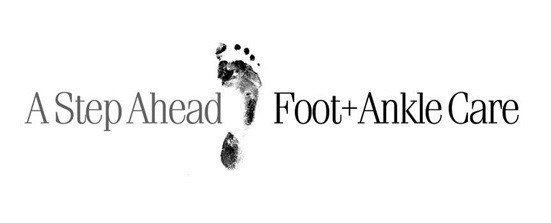
Isotonic versus isometric movements for heel pain
“It’s becoming much more widely recognised and accepted that stretching is not good for tendon pain. Instead, we should be looking at building muscle and tendon strength,” says sports podiatrist and founder of A Step Ahead Foot + Ankle Care Dr Brenden Brown.
Professor Jill Cook, from La Trobe University’s Sport and Exercise Medicine Research Centre, has a wealth on knowledge about tendon injury. She says, “Aside from the load on your tendon when you play sport, there are compressive loads on your tendon when it is at its longest length, adding stretching to most tendons only serves to add compressive loads that we know are detrimental to the tendon. Stretching while you are standing can be especially provocative to your tendon.”
Isotonic Vs isometric
Isotonic contractions generate force by changing the length of the muscle and tendon
[For example, going up and down on your toes (calf raise)]
Isometric contractions generate force without changing the length of the muscle or tendon.
[For example, going up on your toes and holding in the upward position]
“People are familiar with isotonic exercises, particularly for the pain associated with Achilles Tendinopathy. There was a well know technique called the ‘Alfredson technique’, in which people would stand on edge of a step and lower their heels up and down over the back of step.
“This has long been therapists’ go-to exercise, for heel pain in particular. However, we now know this only serves to irritate and aggravate this condition, yet it doesn’t have to be so,” says Dr Brenden.
“We need to graduate the building of strength and to do this we start with isometric movements, rather than rushing straight into isotonic movements.”
Isotonic versus isometric movements for heel pain
For the majority of people the process involves moving from isometric holds with quite heavy loads of body weight or beyond.
After we’ve developed significant load and reduced the symptoms, including pain, we begin to move into the next phase, which includes isotonic movements.
From there we move to more functional strength exercises that are specific to your activity or sport.
This means the exercises can’t just be calf raises, they need to be aligned to the individuals activity so that their tendon is ready for the activity they’re about to re-enter into.
“I like to refer to isometric loading as ‘progressive muscle loading’. Gradual loading is such a vital part; if people are not progressing they won’t get back healthy strong tendons,” says Dr Brenden.
Common mistakes people make when performing isometric exercises
- They don’t loading heavy enough. Remember, tendons are built for strength so they can take quite a bit of weight.
- They don’t load for long enough
- They don’t progress. Instead they plateau out. At all times, on a day-to-day basis moving through to a week-to-week basis you should be progressively increasing time and load to develop the tendon’s and muscle’s strength and capacity.
Related articles:
Warming up for sports—why bother?
10 things you should know about heel pain
A Step Ahead Foot + Ankle Care is one of Sydney’s leading foot and ankle clinics. Principal podiatrist and founder of A Step Ahead Dr Brenden Brown (AKA Dr Foot) has been taking care of people’s feet for more than 20 years.
With a background in sports medicine and having served as a former president of the Australasian Podiatry Council, Brenden is a wealth of information when it comes to foot and ankle care.




 Dr Brenden’s White paper report on the “6 Reasons You Won’t Beat Heal Pain” outlines what’s stopping you from beating this and tips on how to stop it in its tracks!
Dr Brenden’s White paper report on the “6 Reasons You Won’t Beat Heal Pain” outlines what’s stopping you from beating this and tips on how to stop it in its tracks!